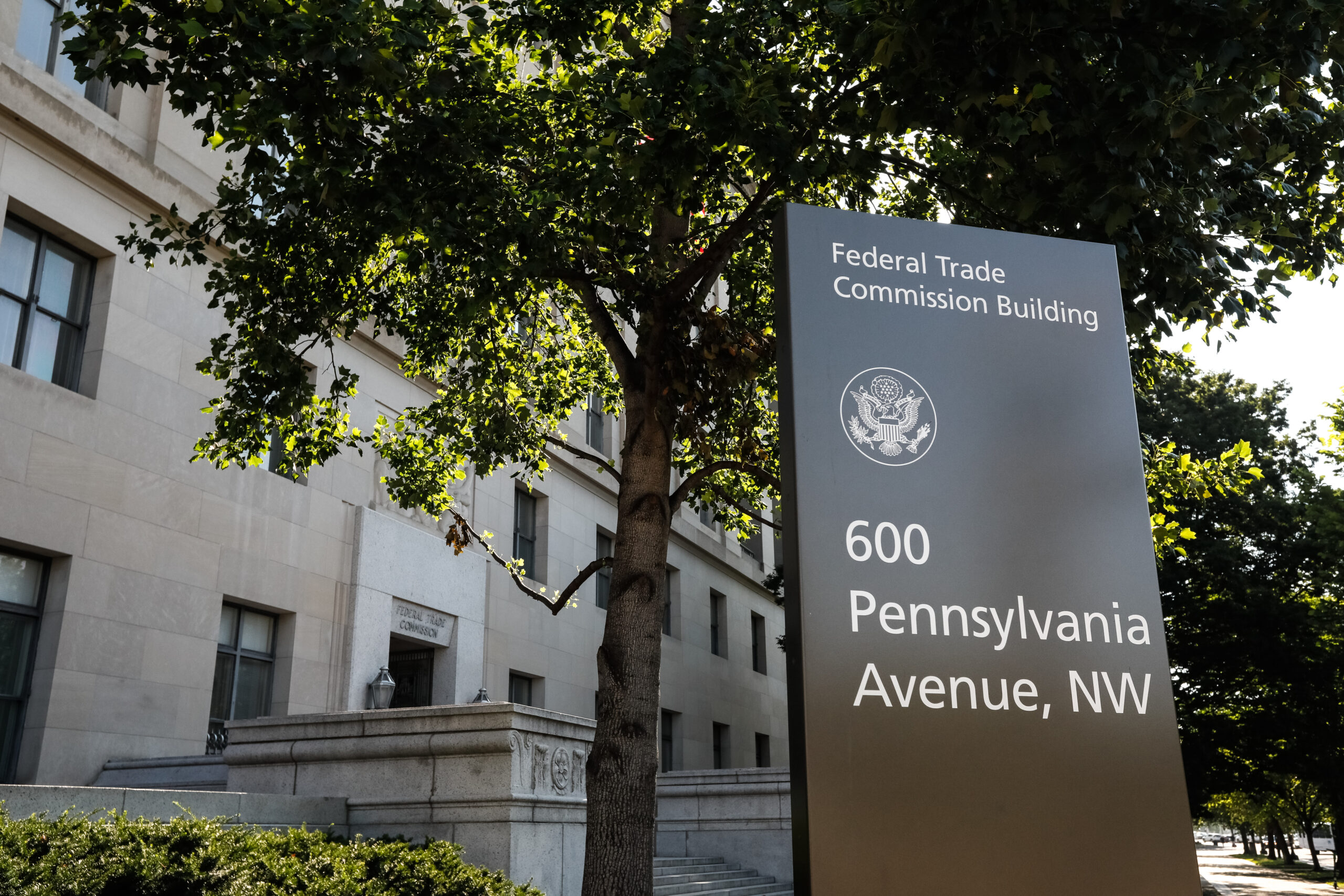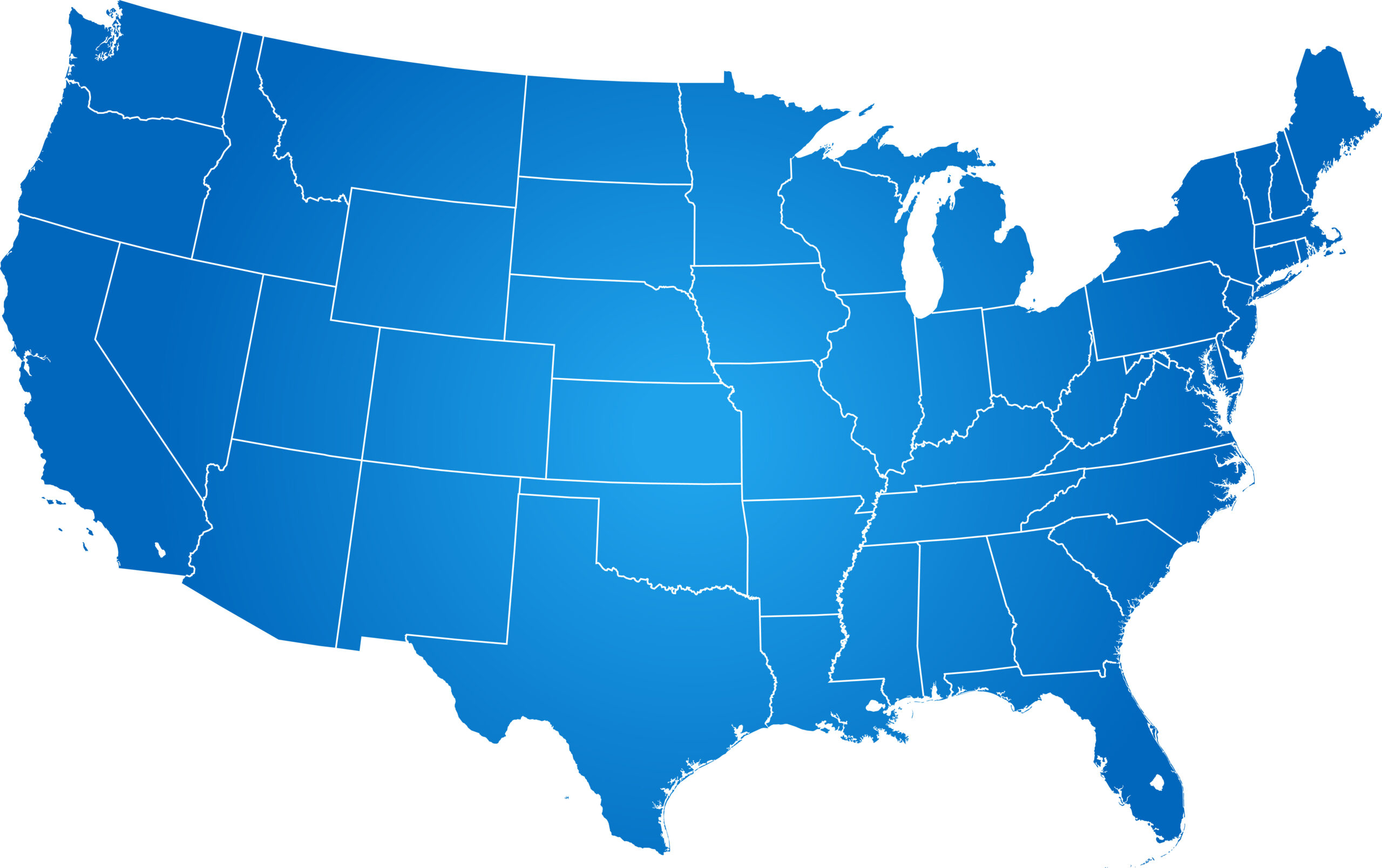ICYMI: Experts discuss the 2023 U.S. Merger Guidelines and Their Impact on Merger Transactions

Last week, prior to the American Bar Association’s 72nd Antitrust Spring Meeting, CCIA co-hosted a conference alongside Concurrences titled “The 2023 U.S. Merger Guidelines: A Review,” at which CCIA and Concurrences also released their joint publication on the Guidelines. The event had three main panels headlined by leading antitrust practitioners. First, an opening discussion highlighting the key changes brought about by the Guidelines. Second, an overview of the key aspects of the revised Guidelines, with a discussion among the book’s authors. Third, a debate with leading merger practitioners concerning the Guidelines’ practical implications and what they mean for companies pursuing deals, with a particular focus on their impact on counseling, litigation strategies and outcomes, and how the changes may challenge existing merger case law. An overarching theme covered by all the speakers was the extent to which courts will or will not adopt the changes brought by the new Guidelines and how these changes will be received.
Kicking off the event, Ilene Gotts and former FTC Commissioner Noah Phillips discussed what they considered to be the key issues regarding the Guidelines.
Ilene Gotts underscored the differences between some of the potential competition and market concentration theories adopted in the Guidelines for vertical mergers, when compared with the more recent decisions from the courts such as in the Microsoft/Activision and UHC/Change cases. Gotts further emphasized how courts usually rely more on factual evidence rather than presumptions of market concentration, which opens the door for more questions on how the courts will or not adopt the Guidelines.
Meanwhile, Noah Phillips highlighted the importance of evidence-based analysis in market definition. Phillips stressed how, with the Guidelines’ reversion to the Brown Shoe case, the agencies (FTC and DoJ) might cherry pick what tests to use under which circumstances. This would raise significant questions about their coherence and possible legal challenges, which in turn increases the doubts of how courts will react to them.
Review of the FTC and DOJ’s 2023 Merger Guidelines
Sean Sullivan, professor at the University of Iowa College of Law and editor of the CCIA/Concurrences publication, moderated a discussion with the book’s authors on their expectations for U.S. merger policy and enforcement. Diana Moss, Vice President and Director of Competition Policy at the Progressive Policy Institute, noted how there were changes from the draft Guidelines to the final version of the document to accommodate the agencies’ broader ideological spectrum in merger enforcement. Moss also noted how there are several critiques as to the possible future of the Guidelines, particularly relating to the riskiness of the “application guidelines” and how the agencies plan to deal with serial acquisitions. She further underscored the missed opportunity to address additional evidence by merger retrospectives that would have provided valuable insight and assistance to various stakeholders, including the courts, businesses, and consumers, in understanding the long-term effects of mergers.
During her remarks, Maureen Ohlhausen, partner at Wilson Sonsini and former FTC Commissioner and Acting Chairwoman, highlighted the overall antipathy towards mergers that the antitrust agencies seem to currently hold. Ohlhausen noted that the FTC’s recent actions and the new Guidelines point towards an attitude of deterrence of mergers and a higher preference of organic growth over acquisitions, and a general skepticism towards the benefits and efficiencies that mergers might bring.
On an economic level, Loren Smith, Executive Vice President with Compass Lexecon, remarked how a key development in the Guidelines was the inclusion of a market share threshold for vertical mergers, which received increased criticism from economists, and still is unclear how or if it will be applied in the analysis and review of vertical mergers. Smith also noted that the 2010 Guidelines were widely accepted by the antitrust community and used by courts in their analysis given their strong economic framework that guided the analysis of mergers under review. However, the reversion of certain economic principles and the introduction of some points of contention such as the thresholds for market concentration can bring some uncertainty to the extent to which courts will adopt them or not.
Kristen Limarzi, partner at Gibson Dunn and former Section Chief at the U.S. Department of Justice’s Antitrust Division, highlighted how some of the choices made by the DoJ and FTC in the Guidelines might complicate merger enforcement. The distinction between two separate kinds of Guidelines, “framework” and “application” guidelines, can raise issues as it may privilege certain merger settings and bring forth enforcement positions that may not be durable over time. Limarzi also raised concerns regarding the case law citations in the Guidelines, particularly to the American Express case, where the agencies included a footnote intended to limit the application of the decision.
The Merger Guidelines In Practice – Agency Review, Counseling, And Litigation
CCIA’s VP Krisztian Katona moderated discussion centered around the Guidelines’ impact on merger practice, including merger review by the agencies, counseling, and litigation risks and strategies in light of the Guidelines. Of particular note were the questions of how the changes in the Guidelines could affect merging companies and how the courts might react to the changes introduced by the Guidelines into merger review.
Shaoul Sussman, Associate Director for Litigation at the FTC, noted that the agencies’ motivation was to make the Guidelines more transparent and clear on how and what the agencies would analyze when reviewing a merger. Sussman additionally underscored that the elimination of head-to-head competition requires a different form of analysis for the agencies that is independent from market shares or market definition. Hence, an agency can bring a case when it believes that a firm eliminated or will eliminate head-to-head competition even without an analysis of the structural presumption, focusing not only on actual competition but also on potential and perceived competition. Finally, Sussman noted the agencies’ litigation-readyness, adding that even with their growing capacities they are still confronted with lack of resources.
During her remarks, Leslie Overton, partner at Axinn, Veltrop & Harkrider, underscored how the current administration has a higher focus on market concentration and concurred with the sentiments from other speakers regarding the agencies’ use of the Guidelines to deter mergers and acquisitions. Overton further commented that this posture brings uncertainty for companies as they hesitate to move forward even with deals that are procompetitive or competitively benign. She also noted the importance of the constant disputes over the content of the Guidelines as this will play a key factor in the court’s reaction to them. The more disputes over the content of the Guidelines, the less likely it is the courts will adopt them. This is important given that, as the agencies are recently less receptive to accepting remedies or efficiencies, a deal that raises competitive issues will likely end up in court.
Speaking on structural presumptions, Meghan Rissmiller, a partner at Freshfields, noted that, even though they have been strengthened in the new Guidelines, structural presumptions have always been on the mind of companies and lawyers counseling potential deals. Rissmiller further remarked that having a finalized set of Guidelines, regardless of how much one agrees with them or not, is beneficial to counsel clients as they serve as a road map to point to how the agencies might react to a proposed merger. Finally, she also discussed the potential international impact of the Guidelines. There is a long history of cooperation among international agencies, but now it is front and center for U.S. agencies as they often want to coordinate regarding the timeline of foreign agency actions. This allows U.S. agencies to determine if they should look to block a merger or acquisition or if there is already an investigation outside of the U.S. that will slow down or block the deal.
The event allowed for an interesting discussion with leading antitrust practitioners to debate key developments and concerns that the updated U.S. Merger Guidelines bring. Following previous year’s annual CCIA conference, including last year’s panel discussion focusing on Merger Control in Digital Markets, the event was also an extraordinary opportunity to kick off the 2024 “Antitrust Week”, coinciding with the ABA’s Antitrust Spring Meeting.








